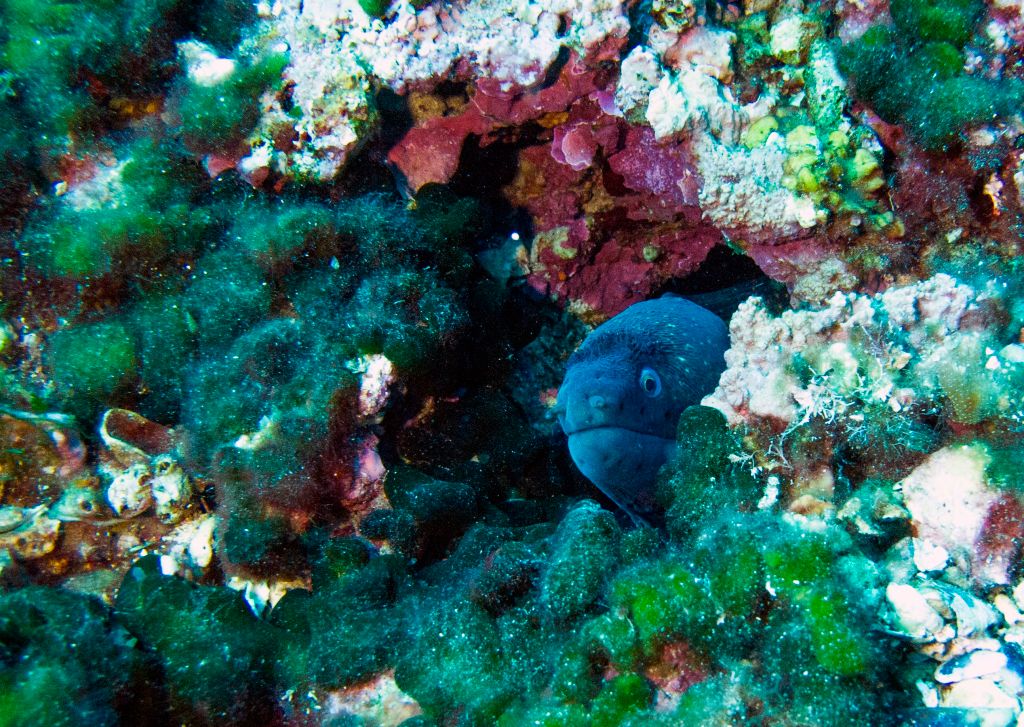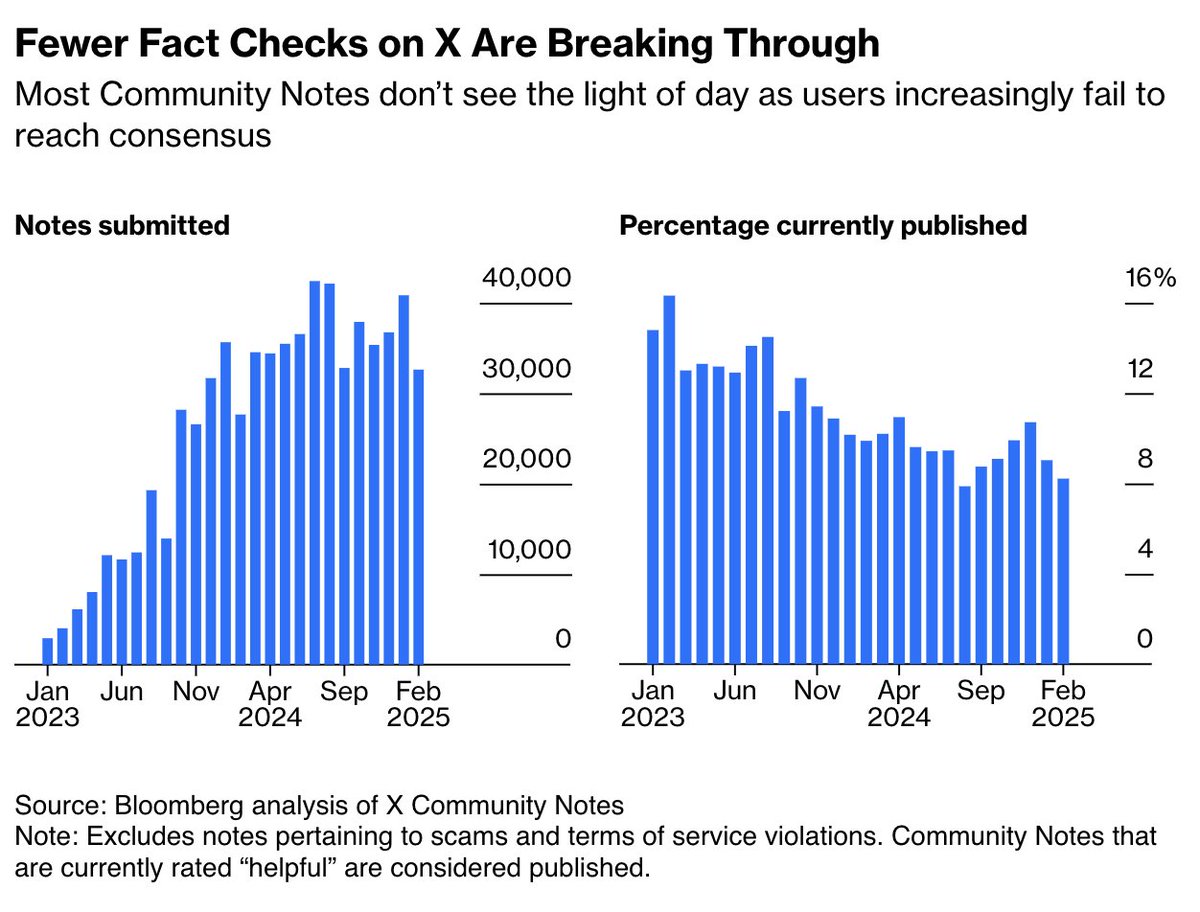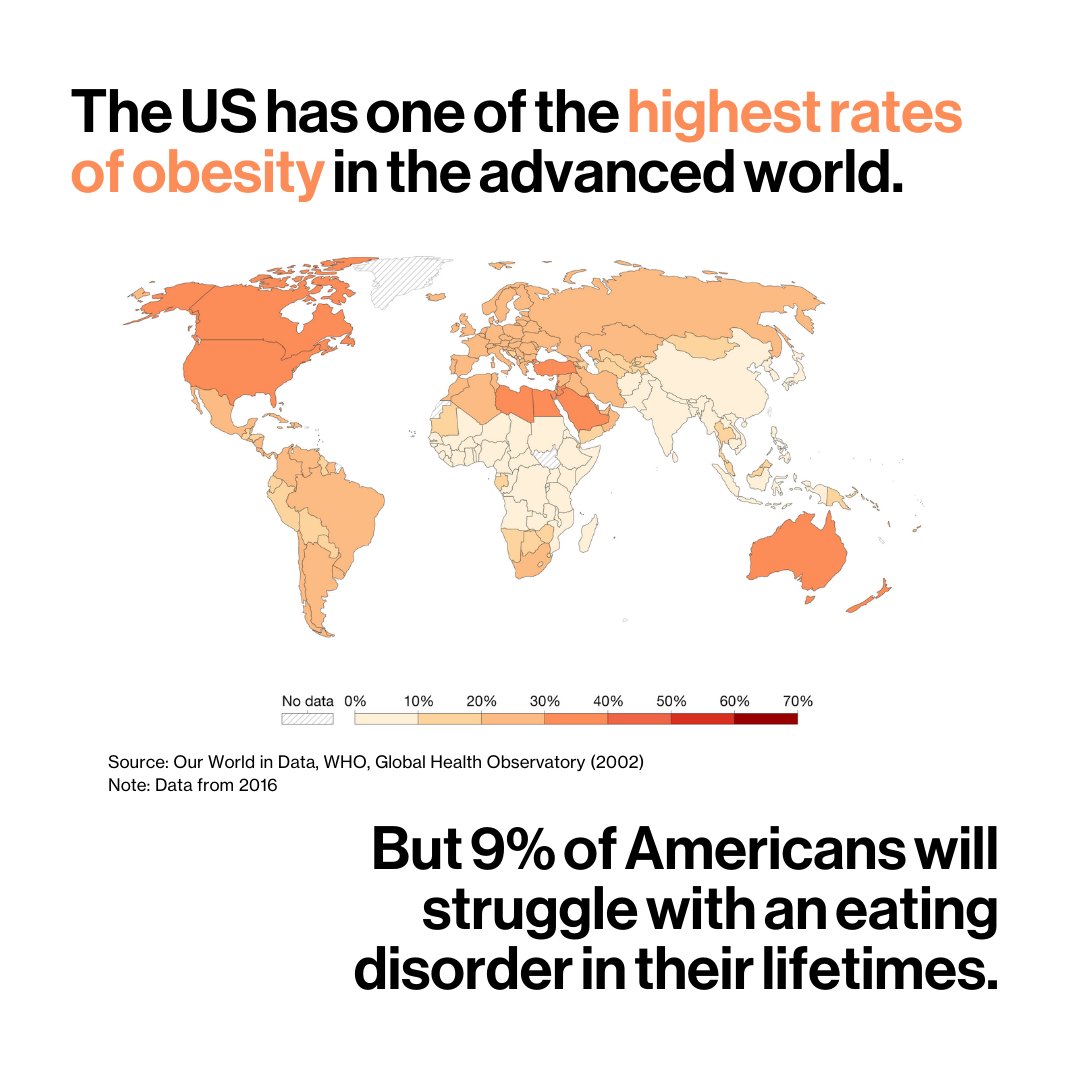Heavy nets 100-yards wide, equipped with steel doors, are dragged across the seafloor to scoop up cod, halibut, shrimp and other deep-dwelling prey.
The destructive effects of ocean-bottom trawling are easy enough to imagine from that description alone
bloom.bg/3alGDfK
The destructive effects of ocean-bottom trawling are easy enough to imagine from that description alone
bloom.bg/3alGDfK
In the process:
🐢Corals, stingrays, turtles and other unwanted creatures are also caught — then roughly, often fatally, discarded
🌱Ocean mud is stirred up, blocking light to plants
🐚Worms and other bottom-dwellers are left homeless and exposed bloom.bg/3alGDfK
🐢Corals, stingrays, turtles and other unwanted creatures are also caught — then roughly, often fatally, discarded
🌱Ocean mud is stirred up, blocking light to plants
🐚Worms and other bottom-dwellers are left homeless and exposed bloom.bg/3alGDfK

This type of fishing accounts for about 25% of sea life caught worldwide. Studies have revealed how destructive and wasteful it is — especially now as trawlers move into deeper habitats.
Now, new research reveals another big problem: carbon emissions bloom.bg/3alGDfK
Now, new research reveals another big problem: carbon emissions bloom.bg/3alGDfK

The sea bed stores nearly twice as much carbon as soil on land. Left undisturbed, it can hold onto these deposits for tens of thousands of years.
Trawling disrupts these ancient stores, which are brought to the surface and turned into CO2 by microbes bloom.bg/3alGDfK
Trawling disrupts these ancient stores, which are brought to the surface and turned into CO2 by microbes bloom.bg/3alGDfK

The total volume of CO2 released as a result of bottom-trawling is comparable to that produced by aviation.
These new measurements lend fresh urgency to efforts worldwide to limit or ban bottom trawling bloom.bg/3alGDfK
These new measurements lend fresh urgency to efforts worldwide to limit or ban bottom trawling bloom.bg/3alGDfK

The practice is already restricted in places, including areas near:
🇺🇸The U.S. West Coast
🇦🇺Australia
🇪🇺Europe bloom.bg/3alGDfK
🇺🇸The U.S. West Coast
🇦🇺Australia
🇪🇺Europe bloom.bg/3alGDfK

If bans were expanded from less than 3% of the ocean to 3.6% — without any affected trawl operations moving to other areas — 90% of the risk of carbon disturbance could be eliminated bloom.bg/3alGDfK 

Bottom-trawling restrictions would have other benefits as well:
🐟Improve harvests for fishermen who use other techniques
🐠Allow seafloor ecosystems and fish stocks to recover
🦐Increasing total catches, benefiting the whole fishing community bloom.bg/3alGDfK
🐟Improve harvests for fishermen who use other techniques
🐠Allow seafloor ecosystems and fish stocks to recover
🦐Increasing total catches, benefiting the whole fishing community bloom.bg/3alGDfK

It’s true that jobs can be lost, at least at first. That’s why it’s important to institute limits carefully:
One strategy is to freeze the footprint of bottom trawling by limiting it to places where it’s already being practiced, and allowing no expansion bloom.bg/3alGDfK
One strategy is to freeze the footprint of bottom trawling by limiting it to places where it’s already being practiced, and allowing no expansion bloom.bg/3alGDfK

Another useful approach is to require that trawl nets be equipped with rolling bobbins and other gear to hold them above the ocean floor and keep them from unnecessarily plowing the bottom bloom.bg/3alGDfK 

International cooperation would also help, especially in monitoring + restricting the trawling in the “high seas.”
This amounts to a small fraction of all bottom-trawling, but industrial fishing operations are increasing their operations in such places bloom.bg/3alGDfK
This amounts to a small fraction of all bottom-trawling, but industrial fishing operations are increasing their operations in such places bloom.bg/3alGDfK

By now it’s clear that bottom trawling is immensely destructive, to the oceans as well as the climate.
Limiting the damage should be a priority for policy makers worldwide
bloom.bg/3alGDfK
Limiting the damage should be a priority for policy makers worldwide
bloom.bg/3alGDfK
• • •
Missing some Tweet in this thread? You can try to
force a refresh














